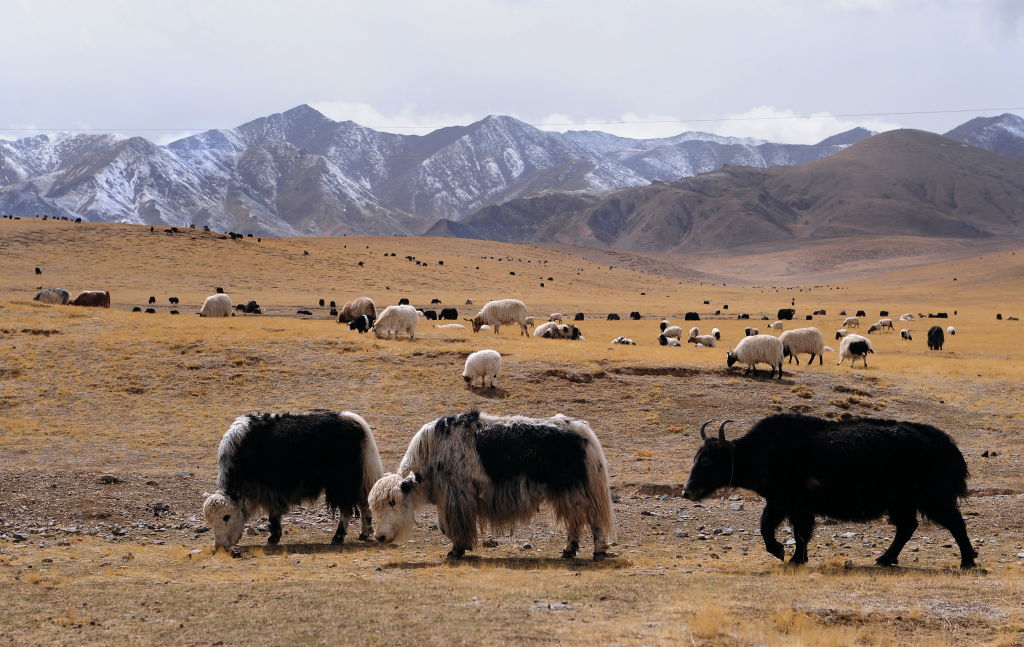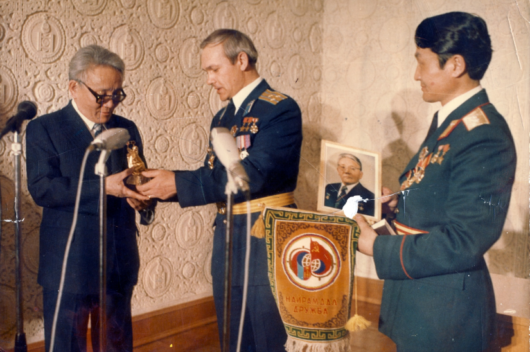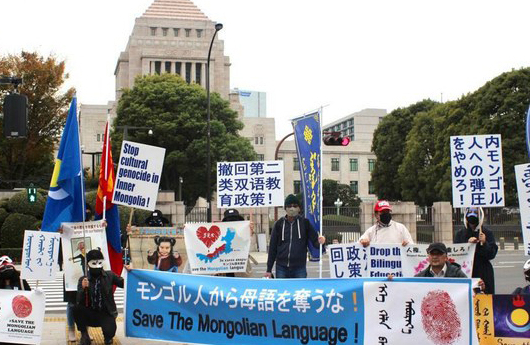Scientists have analyzed the remains of high-ranking individuals from the Mongol Empire, who were buried in graves with luxury items such as leather, silk, and gold, and had been preserved in permafrost for 800 years. By studying their dental calculus, scientists found evidence that they had a preference for consuming yak milk.
The study, published in the journal Communications Biology , explains that the question of yak domestication had long been unresolved owing to a lack of data. The only archaeological specimen found so far has been a yak cranium recovered from the Late Bronze or Early Iron Age Denjiin Navtan site, the Heritage Daily reports. Other archaeological and historical records of yak domestication in the region are equally hard to come by.
Using paleoproteomics, the study of ancient proteins , to make up for this absence, the investigation has concluded that yak milk was being consumed by Mongolian elite at least as early as the 13th century.
This makes it the first archaeological discovery of yak milk, according to a University of Michigan College of Literature, Science and the Arts (LSA) newsletter . There is plenty of evidence establishing that milk has been vital to Mongolian society for 5,000 years. Researchers have been able to determine the historical consumption of cattle, sheep, goat, and even horse milk, but evidence of early yak milk consumption has been elusive until recently. The discovery was made during the excavation of the Khorig cemetery in the Khovsgol mountains of northern Mongolia, which is located at a high elevation.
The Khorig—meaning taboo—cemetery is in a high-altitude location, situated in the permafrost and, as a Miami Herald article reports, this has meant that human remains dating back to 1206 AD found there, have remained remarkably well preserved. Researchers spent years collecting and conserving bits of leather and silk strewn across the surface of the burials.
However, recent global-warming induced thawing has started exposing the burials not only to the elements but also to looters and vandals. Excavations at the site were therefore speeded up in the nature of salvage operations to rescue the archaeological remains from the dangers of atmospheric and human-induced degradation.
The excavations revealed that the individuals buried in the cemetery were members of the Mongolian aristocracy , with some evidence of links even to the ruling elite.
 3,575.44
3,575.44












Related News